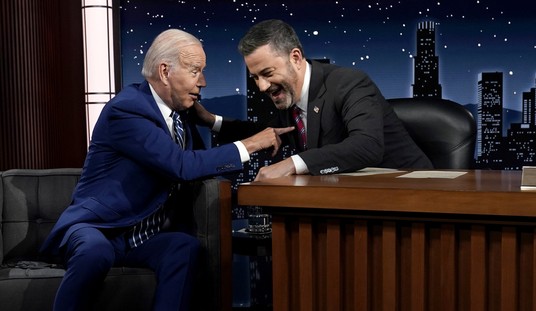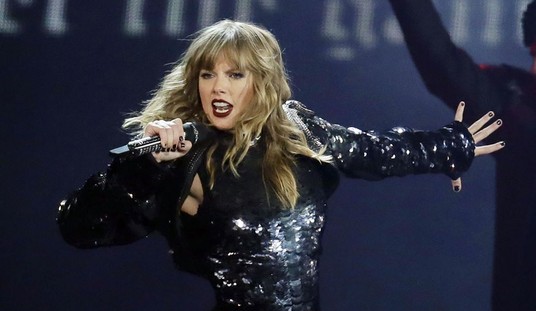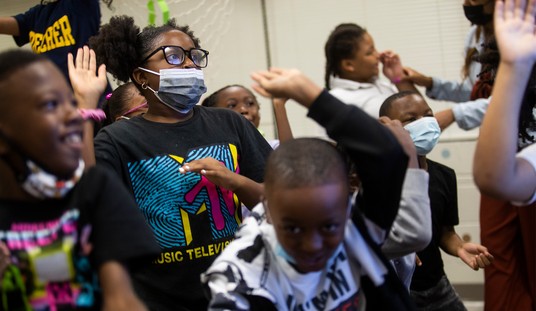Broward County’s PROMISE program (which stands for Preventing Recidivism through Opportunities, Mentoring, Interventions, Supports & Education) coincides with higher levels of violent crime among juveniles, even as levels of such crime have been falling statewide.
Broward County adopted the PROMISE program in 2013 at the urging of the Obama Education Department. As Ed pointed out last month, based on a story by Paul Sperry of RealClearInvestigations, the move away from arrests even for repeat offenders appears to help explain why school shooter Nikolas Cruz was able to engage in violence and even bring bullets to school without any arrests or legal consequences. Sunday, Sperry published a follow up looking more broadly at the results of the PROMISE program. He found those results don’t match up with the claims of its supporters:
Broward County now has the highest percentage of “the most serious, violent [and] chronic”juvenile offenders in Florida, according to the county’s chief juvenile probation officer…
Within two years of adopting the discipline reforms, Broward’s juvenile recidivism rate surged higher than the Florida state average.
The negative trends continued through last year, the most recent juvenile crime data show.
Prosecutors and probation officers complain that while overall juvenile arrests are down, serious violent crimes involving school-aged Broward youths – including armed robbery, kidnapping and even murder – have spiked, even as such violent crimes across the state have dropped.
Juvenile arrests for murder and manslaughter increased 150 percent between 2013 and 2016. They increased by another 50 percent in 2017. County juveniles were responsible for a total of 16 murders or manslaughters in the past two years alone, according to the Florida Department of Juvenile Justice…
After Broward schools began emphasizing rehabilitation over incarceration, fights broke out virtually every day in classrooms, hallways, cafeterias and campuses across the district. Last year, more than 3,000 fights erupted in the district’s 300-plus schools, including the altercations involving Cruz. No brawlers were arrested, even after their third fight, and even if they sent other children to the hospital.
Federal data show almost half of Broward middle school students have been involved in fights, with many suffering injuries requiring medical treatment.
Because the students involved in the fights are considered “mutual combatants,” administrators tell parents they cannot be referred to police under the new discipline code.
The report notes that one year after Broward adopted the PROMISE program it dropped questions from an annual survey asking students if they felt safe in the classroom. The following year, 2015, they discontinued the survey entirely after 21 years.
But a CDC survey of Broward middle schools found 33% of students said they had been bullied at school and 47.4% said they had gotten into fights, some of which resulted in trips to a doctor. Meanwhile, Sheriff Scott Israel was boasting that juvenile arrests were down in his county, citing this as proof the school-to-prison pipeline was coming to an end. But as Max Eden of the Manhattan Institute points out, “Sheriff Israel can boast that arrests are down in Broward County [but] that tends to happen when you stop arresting.” The real question is not whether the program has reduced arrests but whether it has made schools safer or less safe.
So far the people who implemented the PROMISE program are not reconsidering it. Broward County Superintendent Robert Runcie said recently that discussing the program was just a conservative diversion from “common sense” gun reform.








Join the conversation as a VIP Member